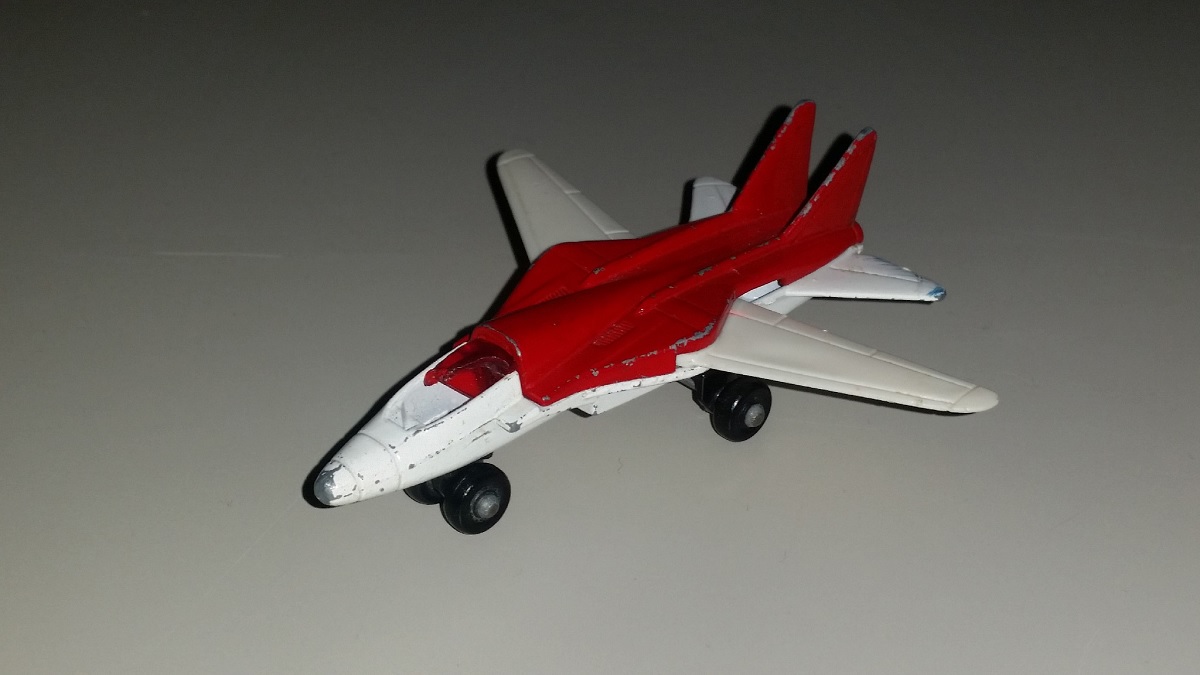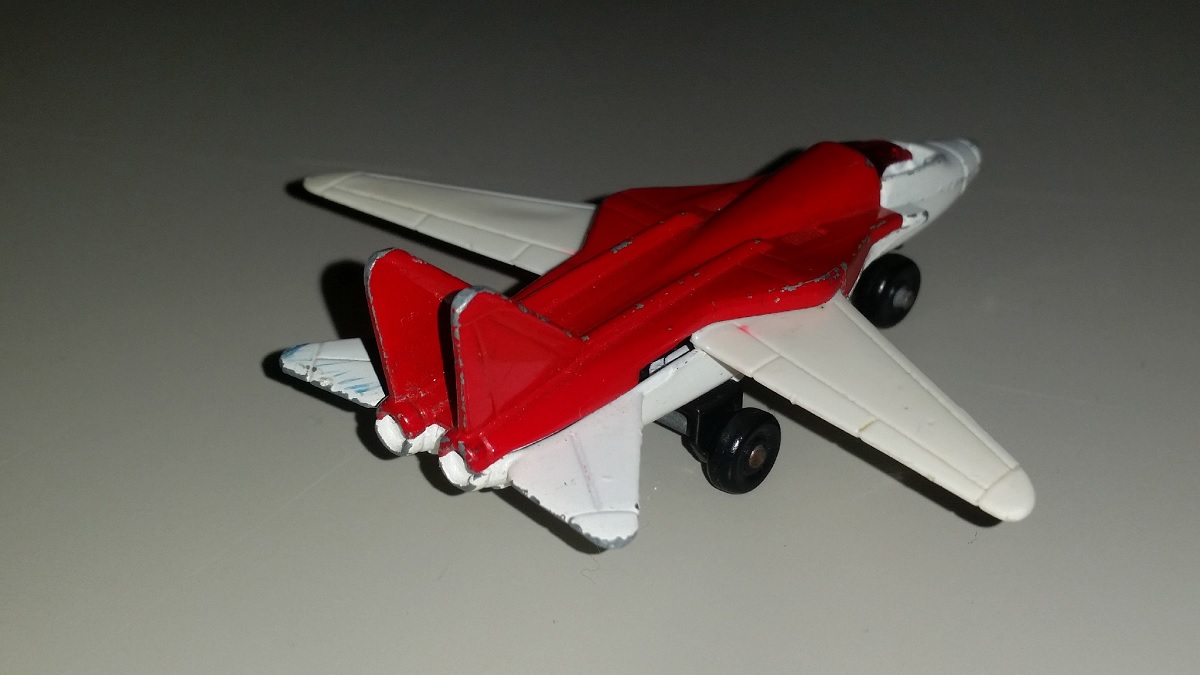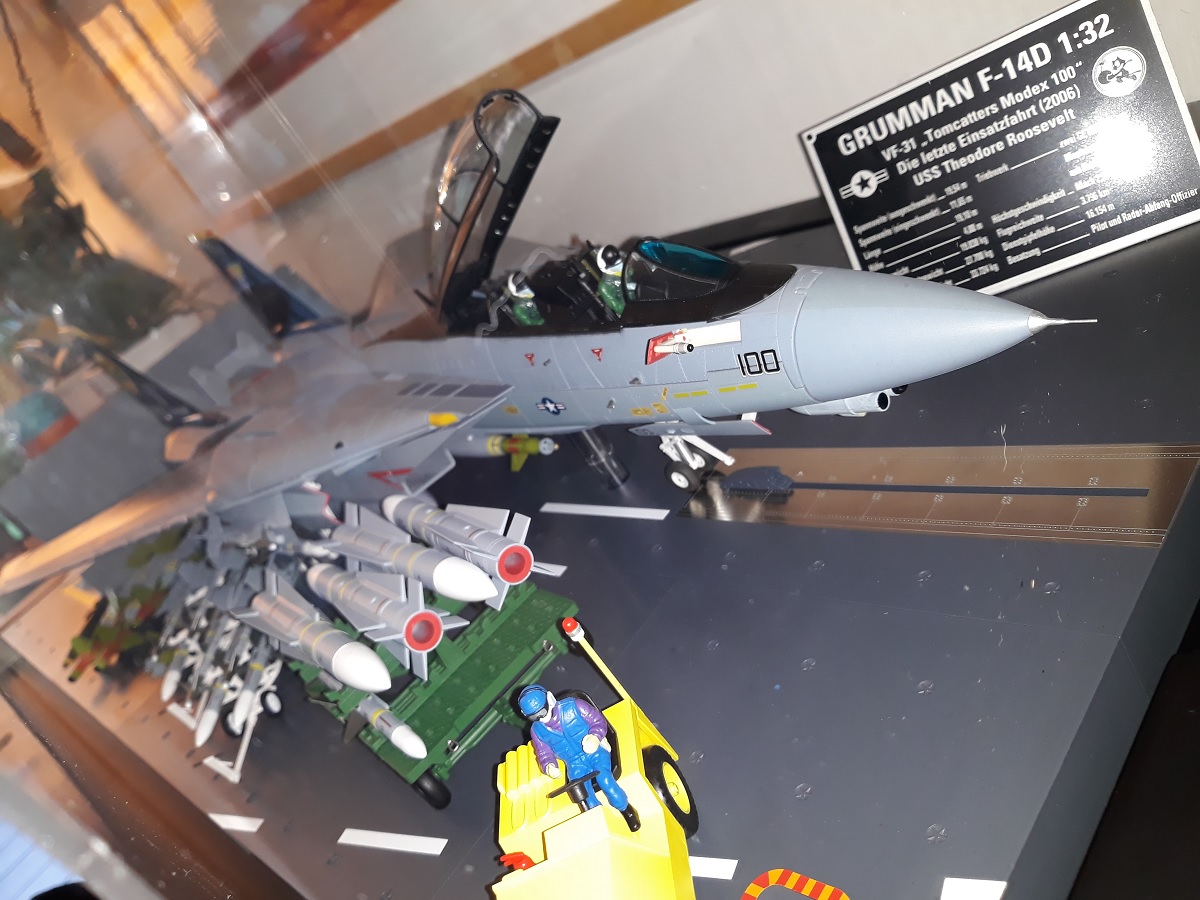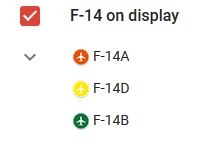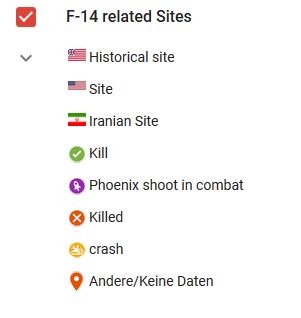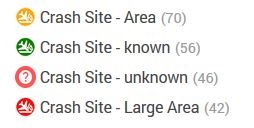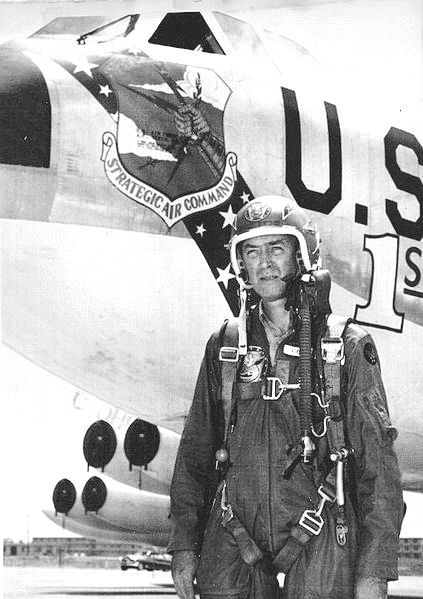In August 1969, the Phantom demonstrated its ability to exceed the speed of sound at Kelowna, British Columbia, Canada.
The McDonnell two-place, twinjet, all-weather F-4 Phantom II, with top speeds more than twice that of sound, was one of the most versatile fighters ever built. It served in the first line of more Western air forces than any other jet. Just 31 months after its first flight, the F-4 was the U.S. Navy’s fastest, highest-flying, and longest-range fighter. It first flew on May 27, 1958, and entered service in 1961.
F-4s saw combat in both the Vietnam War and Operation Desert Storm and served with the air forces of 11 countries in addition to the U.S. Both U.S. military flight demonstration teams, the Navy Blue Angels and the Air Force Thunderbirds, flew the Phantom II from 1969 to 1973.
The F-4 allowed the Blue Angels to perform the Dirty Loop maneuver on takeoff, in which the aircraft’s landing gear and flaps are left down, while they climb directly into a loop. The maneuver highlighted the Phantom’s raw power. Teal Leader Bill Wheat recalls in Nicholas A. Veronico’s book The Blue Angels a Fly-By History: “We could just leave the gear and flaps down and go right up over the top after takeoff.”
Because the Phantoms were faster, the BluenAngels were also able to add enough maneuvers to fill a 22-minute demonstration.
In August 1969, the Phantom demonstrated its ability to exceed the speed of sound at Kelowna, British Columbia, Canada.nWheat said, “We were practicing over the waterfront area. There are mountains on either side and a straight flight line above the waterfront and the center of town. We were practicing the crossing maneuver where we broke apart at altitude, and we came down and crossed in front of the crowd from four different directions. Ernie Christensen was flying number three and VincenDonile was flying number two. When Christensen saw that Donile was going to be late for the crossover, he told him to hustle. When he told him that, Donilenput it into a burner and didn’t quite take it out in time, and he broke the sound barrier right at the crossing. He made the cross, but we knocked all of the windows out for eight city blocks.
“The mayor’s office sat right on thenwaterfront looking out on a nice beautiful park and water. We had been in hisnoffice earlier in the day to receive a key to the city, and I’m sorry to say his whole 8-foot by 10-foot glass window was knocked out.
“They had a parade scheduled for the next day and they had to cancel that. All the windows were boarded up when we drove downtown,” Wheat recalled. There were signs on the boarded-up windows saying ‘Yankee Go Home: So I got the city fathers together that nightnand told them it was an error, a mistake that we would not make again if theynwould please let us fly. I told them we would fly very safely and sane—a good air show. Thankfully, they said OK. We flew a beautiful air show for them the next day. It was rather embarrassing to say the least.’
The cool video in this post features the Blue Angels flying the mighty Phantom. Nearly always the team kept the F-4 back seat empty for flight demonstrations.
Photo by U.S. Navy










